
basic-memory
AI conversations that actually remember. Never re-explain your project to Claude again. Local-first, integrates with Obsidian. Join our Discord: https://discord.gg/tyvKNccgqN
Stars: 1851
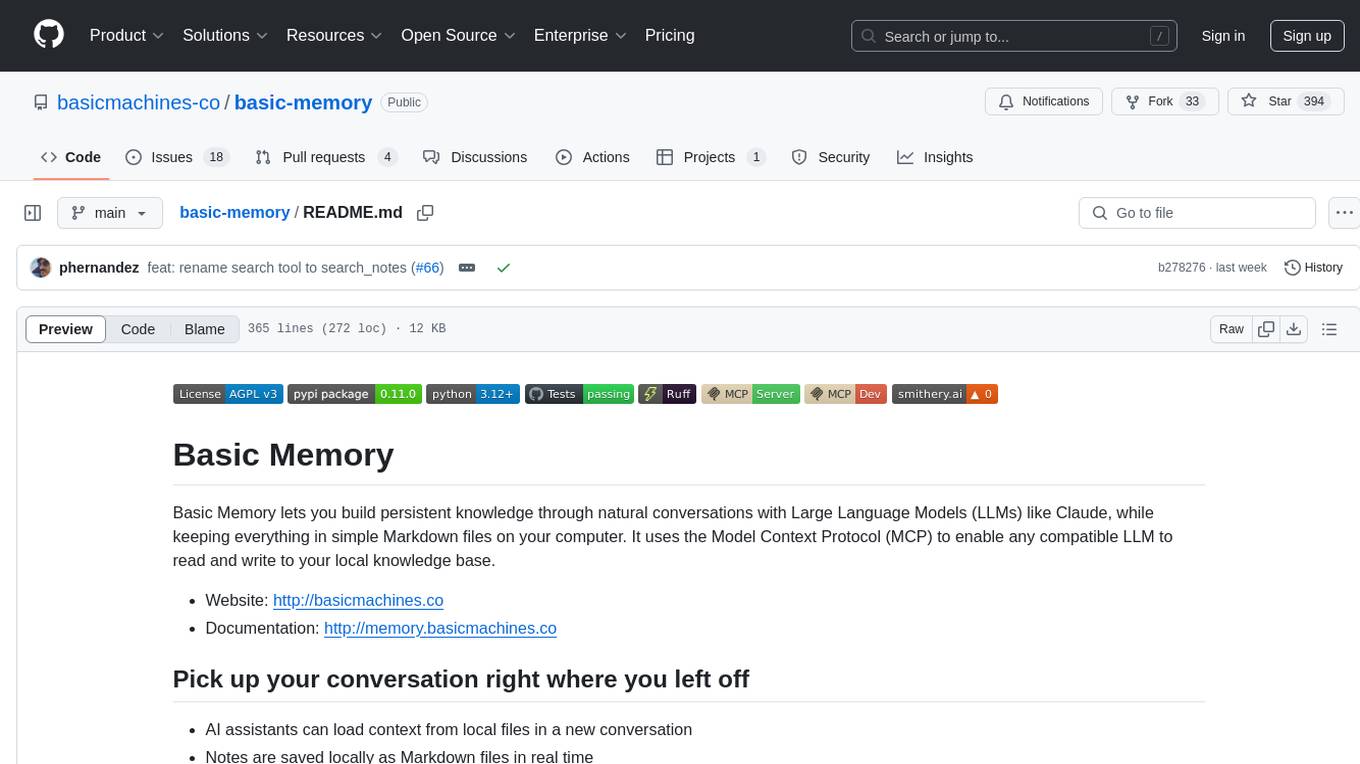
Basic Memory is a tool that enables users to build persistent knowledge through natural conversations with Large Language Models (LLMs) like Claude. It uses the Model Context Protocol (MCP) to allow compatible LLMs to read and write to a local knowledge base stored in simple Markdown files on the user's computer. The tool facilitates creating structured notes during conversations, maintaining a semantic knowledge graph, and keeping all data local and under user control. Basic Memory aims to address the limitations of ephemeral LLM interactions by providing a structured, bi-directional, and locally stored knowledge management solution.
README:
Basic Memory lets you build persistent knowledge through natural conversations with Large Language Models (LLMs) like Claude, while keeping everything in simple Markdown files on your computer. It uses the Model Context Protocol (MCP) to enable any compatible LLM to read and write to your local knowledge base.
- Website: https://basicmachines.co
- Documentation: https://memory.basicmachines.co
- AI assistants can load context from local files in a new conversation
- Notes are saved locally as Markdown files in real time
- No project knowledge or special prompting required
https://github.com/user-attachments/assets/a55d8238-8dd0-454a-be4c-8860dbbd0ddc
# Install with uv (recommended)
uv tool install basic-memory
# Configure Claude Desktop (edit ~/Library/Application Support/Claude/claude_desktop_config.json)
# Add this to your config:
{
"mcpServers": {
"basic-memory": {
"command": "uvx",
"args": [
"basic-memory",
"mcp"
]
}
}
}
# Now in Claude Desktop, you can:
# - Write notes with "Create a note about coffee brewing methods"
# - Read notes with "What do I know about pour over coffee?"
# - Search with "Find information about Ethiopian beans"
You can view shared context via files in ~/basic-memory (default directory location).
You can use Smithery to automatically configure Basic Memory for Claude Desktop:
npx -y @smithery/cli install @basicmachines-co/basic-memory --client claudeThis installs and configures Basic Memory without requiring manual edits to the Claude Desktop configuration file. The Smithery server hosts the MCP server component, while your data remains stored locally as Markdown files.
Most LLM interactions are ephemeral - you ask a question, get an answer, and everything is forgotten. Each conversation starts fresh, without the context or knowledge from previous ones. Current workarounds have limitations:
- Chat histories capture conversations but aren't structured knowledge
- RAG systems can query documents but don't let LLMs write back
- Vector databases require complex setups and often live in the cloud
- Knowledge graphs typically need specialized tools to maintain
Basic Memory addresses these problems with a simple approach: structured Markdown files that both humans and LLMs can read and write to. The key advantages:
- Local-first: All knowledge stays in files you control
- Bi-directional: Both you and the LLM read and write to the same files
- Structured yet simple: Uses familiar Markdown with semantic patterns
- Traversable knowledge graph: LLMs can follow links between topics
- Standard formats: Works with existing editors like Obsidian
- Lightweight infrastructure: Just local files indexed in a local SQLite database
With Basic Memory, you can:
- Have conversations that build on previous knowledge
- Create structured notes during natural conversations
- Have conversations with LLMs that remember what you've discussed before
- Navigate your knowledge graph semantically
- Keep everything local and under your control
- Use familiar tools like Obsidian to view and edit notes
- Build a personal knowledge base that grows over time
Let's say you're exploring coffee brewing methods and want to capture your knowledge. Here's how it works:
- Start by chatting normally:
I've been experimenting with different coffee brewing methods. Key things I've learned:
- Pour over gives more clarity in flavor than French press
- Water temperature is critical - around 205°F seems best
- Freshly ground beans make a huge difference
... continue conversation.
- Ask the LLM to help structure this knowledge:
"Let's write a note about coffee brewing methods."
LLM creates a new Markdown file on your system (which you can see instantly in Obsidian or your editor):
---
title: Coffee Brewing Methods
permalink: coffee-brewing-methods
tags:
- coffee
- brewing
---
# Coffee Brewing Methods
## Observations
- [method] Pour over provides more clarity and highlights subtle flavors
- [technique] Water temperature at 205°F (96°C) extracts optimal compounds
- [principle] Freshly ground beans preserve aromatics and flavor
## Relations
- relates_to [[Coffee Bean Origins]]
- requires [[Proper Grinding Technique]]
- affects [[Flavor Extraction]]The note embeds semantic content and links to other topics via simple Markdown formatting.
- You see this file on your computer in real time in the current project directory (default
~/$HOME/basic-memory).
- Realtime sync can be enabled via running
basic-memory sync --watch
- In a chat with the LLM, you can reference a topic:
Look at `coffee-brewing-methods` for context about pour over coffee
The LLM can now build rich context from the knowledge graph. For example:
Following relation 'relates_to [[Coffee Bean Origins]]':
- Found information about Ethiopian Yirgacheffe
- Notes on Colombian beans' nutty profile
- Altitude effects on bean characteristics
Following relation 'requires [[Proper Grinding Technique]]':
- Burr vs. blade grinder comparisons
- Grind size recommendations for different methods
- Impact of consistent particle size on extraction
Each related document can lead to more context, building a rich semantic understanding of your knowledge base.
This creates a two-way flow where:
- Humans write and edit Markdown files
- LLMs read and write through the MCP protocol
- Sync keeps everything consistent
- All knowledge stays in local files.
Under the hood, Basic Memory:
- Stores everything in Markdown files
- Uses a SQLite database for searching and indexing
- Extracts semantic meaning from simple Markdown patterns
- Files become
Entityobjects - Each
Entitycan haveObservations, or facts associated with it -
Relationsconnect entities together to form the knowledge graph
- Files become
- Maintains the local knowledge graph derived from the files
- Provides bidirectional synchronization between files and the knowledge graph
- Implements the Model Context Protocol (MCP) for AI integration
- Exposes tools that let AI assistants traverse and manipulate the knowledge graph
- Uses memory:// URLs to reference entities across tools and conversations
The file format is just Markdown with some simple markup:
Each Markdown file has:
title: <Entity title>
type: <The type of Entity> (e.g. note)
permalink: <a uri slug>
- <optional metadata> (such as tags) Observations are facts about a topic.
They can be added by creating a Markdown list with a special format that can reference a category, tags using a
"#" character, and an optional context.
Observation Markdown format:
- [category] content #tag (optional context)Examples of observations:
- [method] Pour over extracts more floral notes than French press
- [tip] Grind size should be medium-fine for pour over #brewing
- [preference] Ethiopian beans have bright, fruity flavors (especially from Yirgacheffe)
- [fact] Lighter roasts generally contain more caffeine than dark roasts
- [experiment] Tried 1:15 coffee-to-water ratio with good results
- [resource] James Hoffman's V60 technique on YouTube is excellent
- [question] Does water temperature affect extraction of different compounds differently?
- [note] My favorite local shop uses a 30-second bloom timeRelations are links to other topics. They define how entities connect in the knowledge graph.
Markdown format:
- relation_type [[WikiLink]] (optional context)Examples of relations:
- pairs_well_with [[Chocolate Desserts]]
- grown_in [[Ethiopia]]
- contrasts_with [[Tea Brewing Methods]]
- requires [[Burr Grinder]]
- improves_with [[Fresh Beans]]
- relates_to [[Morning Routine]]
- inspired_by [[Japanese Coffee Culture]]
- documented_in [[Coffee Journal]]Add the following JSON block to your User Settings (JSON) file in VS Code. You can do this by pressing Ctrl + Shift + P and typing Preferences: Open User Settings (JSON).
{
"mcp": {
"servers": {
"basic-memory": {
"command": "uvx",
"args": ["basic-memory", "mcp"]
}
}
}
}Optionally, you can add it to a file called .vscode/mcp.json in your workspace. This will allow you to share the configuration with others.
{
"servers": {
"basic-memory": {
"command": "uvx",
"args": ["basic-memory", "mcp"]
}
}
}You can use Basic Memory with VS Code to easily retrieve and store information while coding.
Basic Memory is built using the MCP (Model Context Protocol) and works with the Claude desktop app (https://claude.ai/):
- Configure Claude Desktop to use Basic Memory:
Edit your MCP configuration file (usually located at ~/Library/Application Support/Claude/claude_desktop_config.json
for OS X):
{
"mcpServers": {
"basic-memory": {
"command": "uvx",
"args": [
"basic-memory",
"mcp"
]
}
}
}If you want to use a specific project (see Multiple Projects below), update your Claude Desktop config:
{
"mcpServers": {
"basic-memory": {
"command": "uvx",
"args": [
"basic-memory",
"mcp",
"--project",
"your-project-name"
]
}
}
}- Sync your knowledge:
# One-time sync of local knowledge updates
basic-memory sync
# Run realtime sync process (recommended)
basic-memory sync --watch- In Claude Desktop, the LLM can now use these tools:
write_note(title, content, folder, tags) - Create or update notes
read_note(identifier, page, page_size) - Read notes by title or permalink
build_context(url, depth, timeframe) - Navigate knowledge graph via memory:// URLs
search(query, page, page_size) - Search across your knowledge base
recent_activity(type, depth, timeframe) - Find recently updated information
canvas(nodes, edges, title, folder) - Generate knowledge visualizations
- Example prompts to try:
"Create a note about our project architecture decisions"
"Find information about JWT authentication in my notes"
"Create a canvas visualization of my project components"
"Read my notes on the authentication system"
"What have I been working on in the past week?"
See the Documentation for more info, including:
AGPL-3.0
Contributions are welcome. See the Contributing guide for info about setting up the project locally and submitting PRs.
Built with
For Tasks:
Click tags to check more tools for each tasksFor Jobs:
Alternative AI tools for basic-memory
Similar Open Source Tools

basic-memory
Basic Memory is a tool that enables users to build persistent knowledge through natural conversations with Large Language Models (LLMs) like Claude. It uses the Model Context Protocol (MCP) to allow compatible LLMs to read and write to a local knowledge base stored in simple Markdown files on the user's computer. The tool facilitates creating structured notes during conversations, maintaining a semantic knowledge graph, and keeping all data local and under user control. Basic Memory aims to address the limitations of ephemeral LLM interactions by providing a structured, bi-directional, and locally stored knowledge management solution.
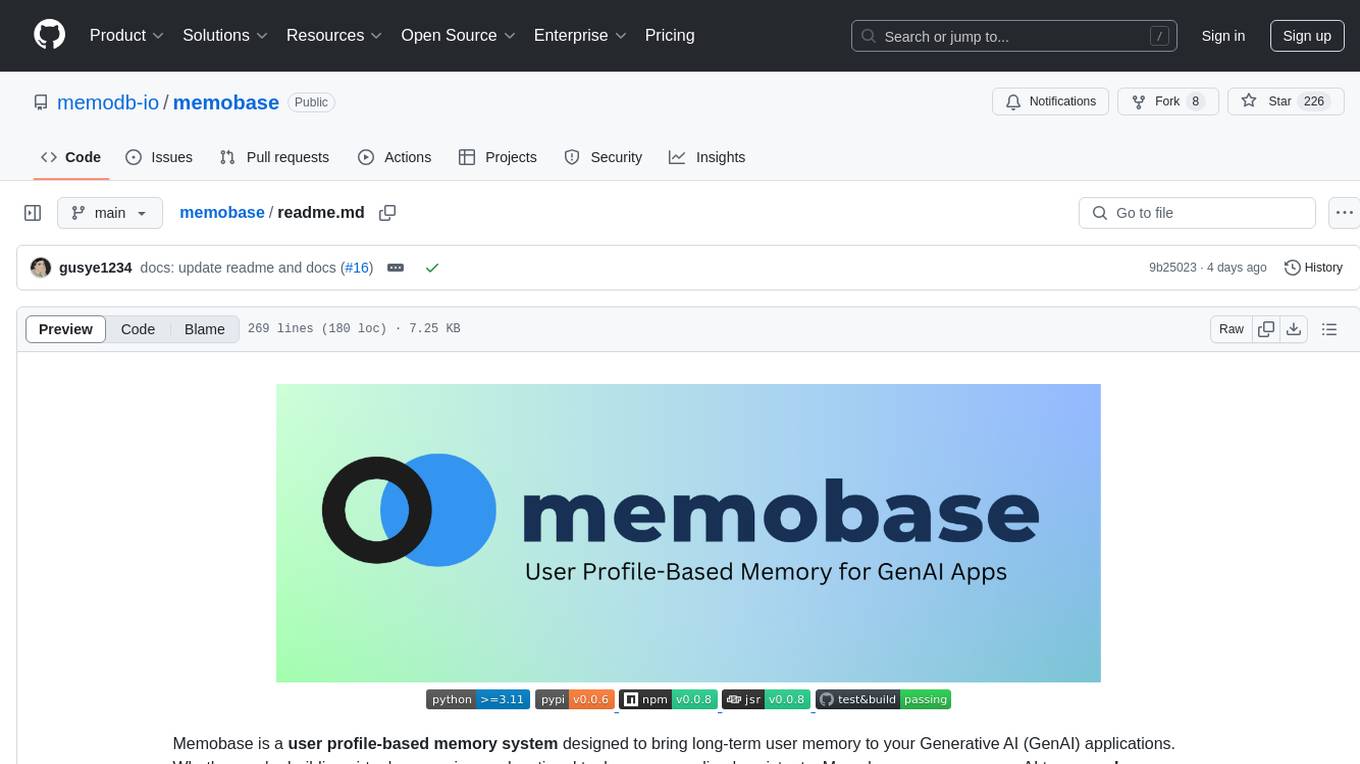
memobase
Memobase is a user profile-based memory system designed to enhance Generative AI applications by enabling them to remember, understand, and evolve with users. It provides structured user profiles, scalable profiling, easy integration with existing LLM stacks, batch processing for speed, and is production-ready. Users can manage users, insert data, get memory profiles, and track user preferences and behaviors. Memobase is ideal for applications that require user analysis, tracking, and personalized interactions.
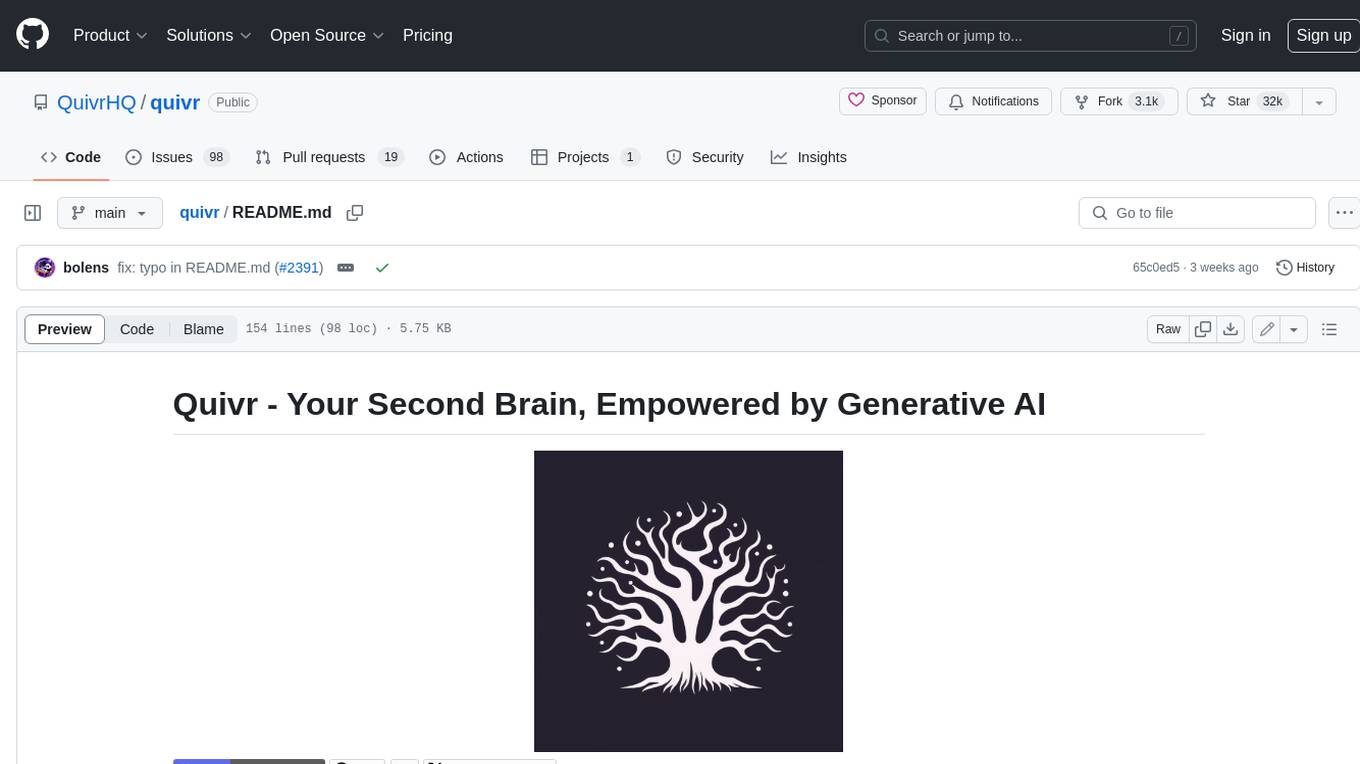
quivr
Quivr is a personal assistant powered by Generative AI, designed to be a second brain for users. It offers fast and efficient access to data, ensuring security and compatibility with various file formats. Quivr is open source and free to use, allowing users to share their brains publicly or keep them private. The marketplace feature enables users to share and utilize brains created by others, boosting productivity. Quivr's offline mode provides anytime, anywhere access to data. Key features include speed, security, OS compatibility, file compatibility, open source nature, public/private sharing options, a marketplace, and offline mode.
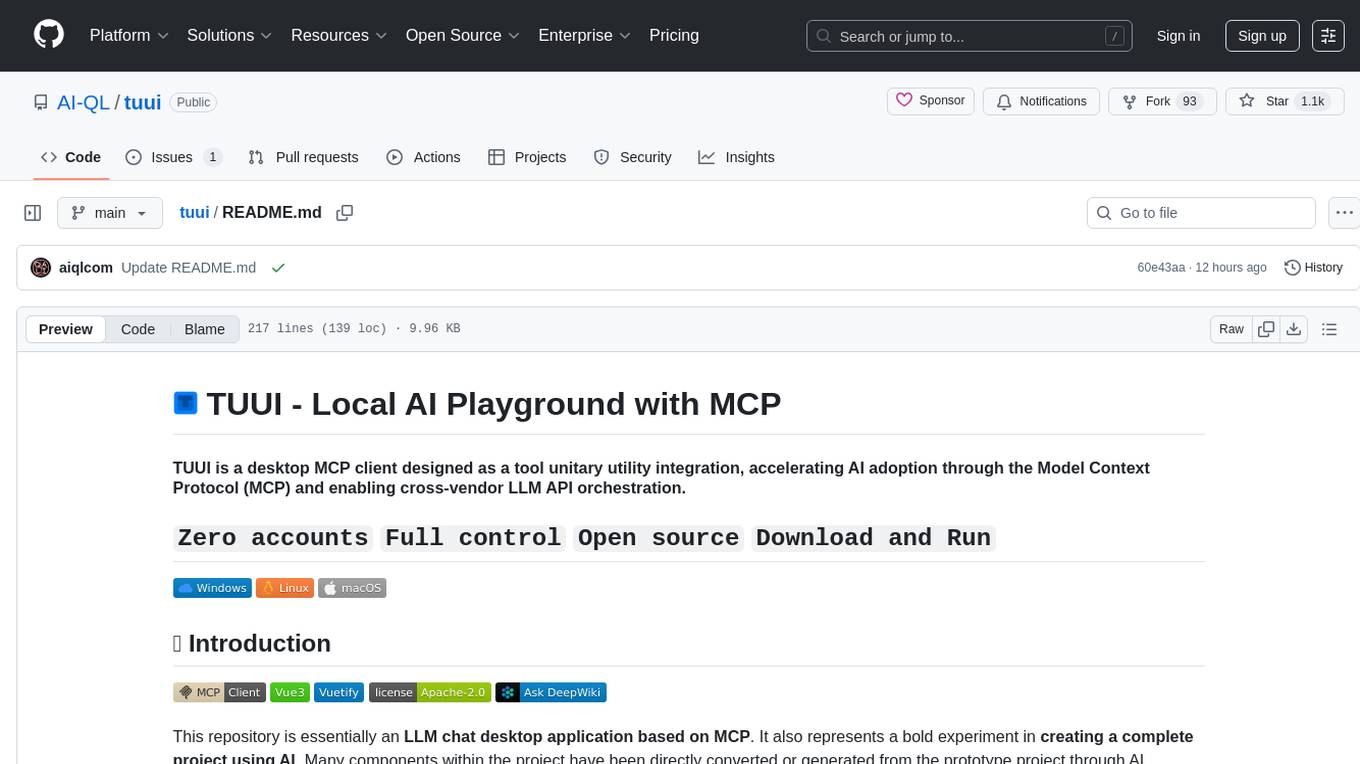
tuui
TUUI is a desktop MCP client designed for accelerating AI adoption through the Model Context Protocol (MCP) and enabling cross-vendor LLM API orchestration. It is an LLM chat desktop application based on MCP, created using AI-generated components with strict syntax checks and naming conventions. The tool integrates AI tools via MCP, orchestrates LLM APIs, supports automated application testing, TypeScript, multilingual, layout management, global state management, and offers quick support through the GitHub community and official documentation.
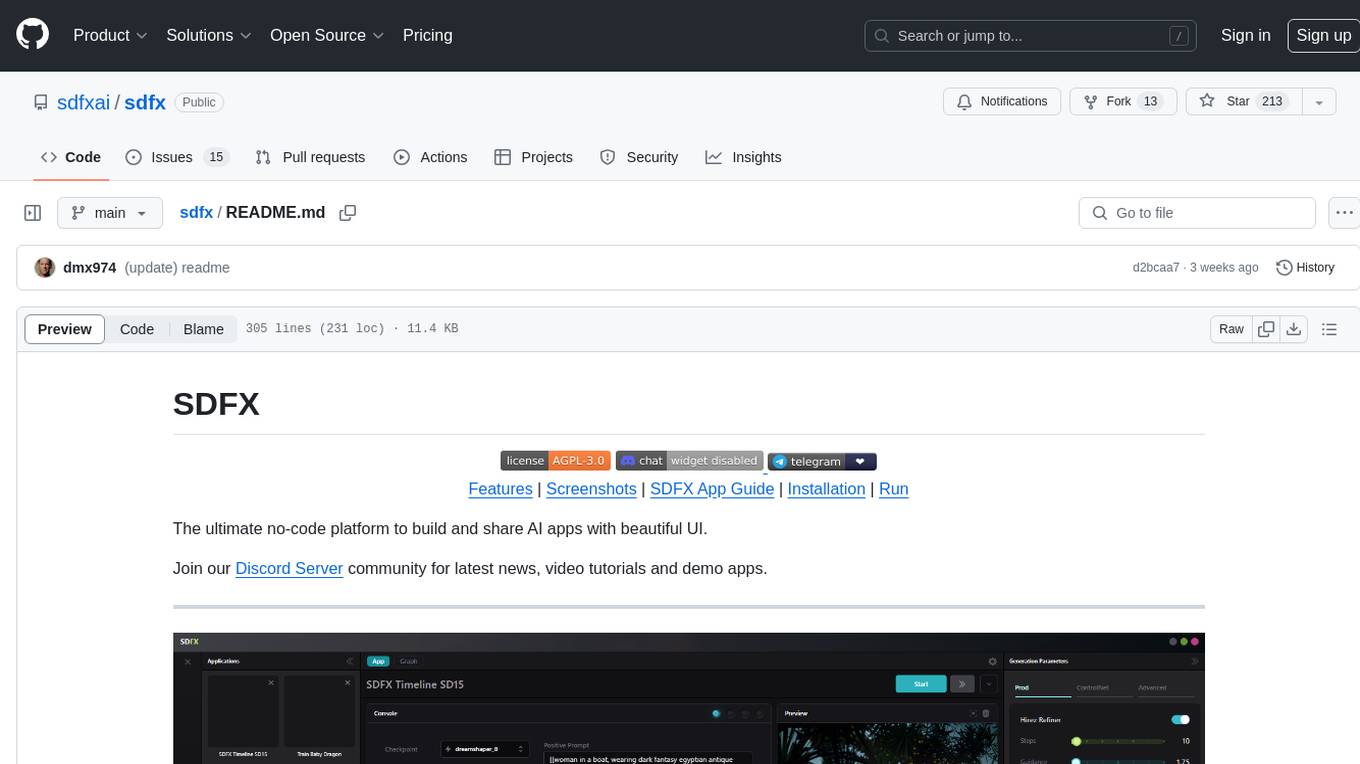
sdfx
SDFX is the ultimate no-code platform for building and sharing AI apps with beautiful UI. It enables the creation of user-friendly interfaces for complex workflows by combining Comfy workflow with a UI. The tool is designed to merge the benefits of form-based UI and graph-node based UI, allowing users to create intricate graphs with a high-level UI overlay. SDFX is fully compatible with ComfyUI, abstracting the need for installing ComfyUI. It offers features like animated graph navigation, node bookmarks, UI debugger, custom nodes manager, app and template export, image and mask editor, and more. The tool compiles as a native app or web app, making it easy to maintain and add new features.
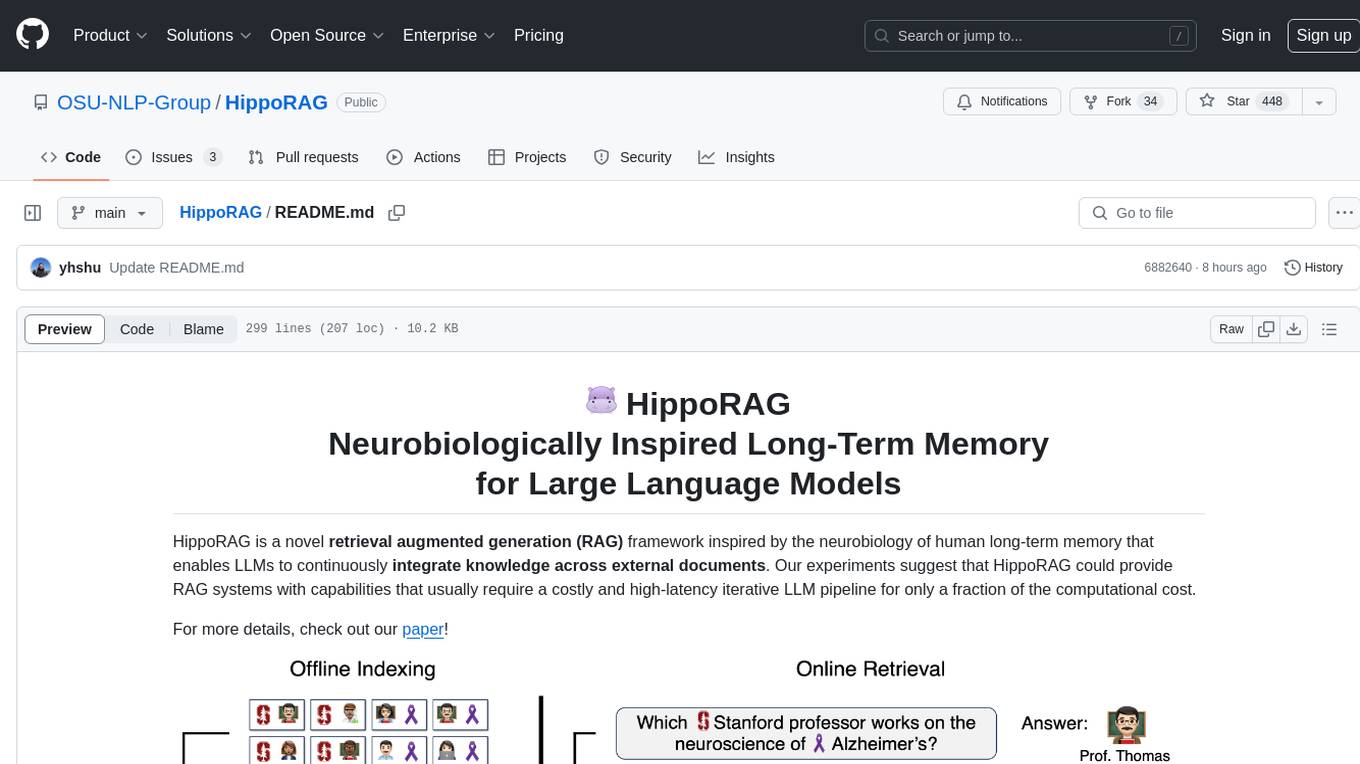
HippoRAG
HippoRAG is a novel retrieval augmented generation (RAG) framework inspired by the neurobiology of human long-term memory that enables Large Language Models (LLMs) to continuously integrate knowledge across external documents. It provides RAG systems with capabilities that usually require a costly and high-latency iterative LLM pipeline for only a fraction of the computational cost. The tool facilitates setting up retrieval corpus, indexing, and retrieval processes for LLMs, offering flexibility in choosing different online LLM APIs or offline LLM deployments through LangChain integration. Users can run retrieval on pre-defined queries or integrate directly with the HippoRAG API. The tool also supports reproducibility of experiments and provides data, baselines, and hyperparameter tuning scripts for research purposes.
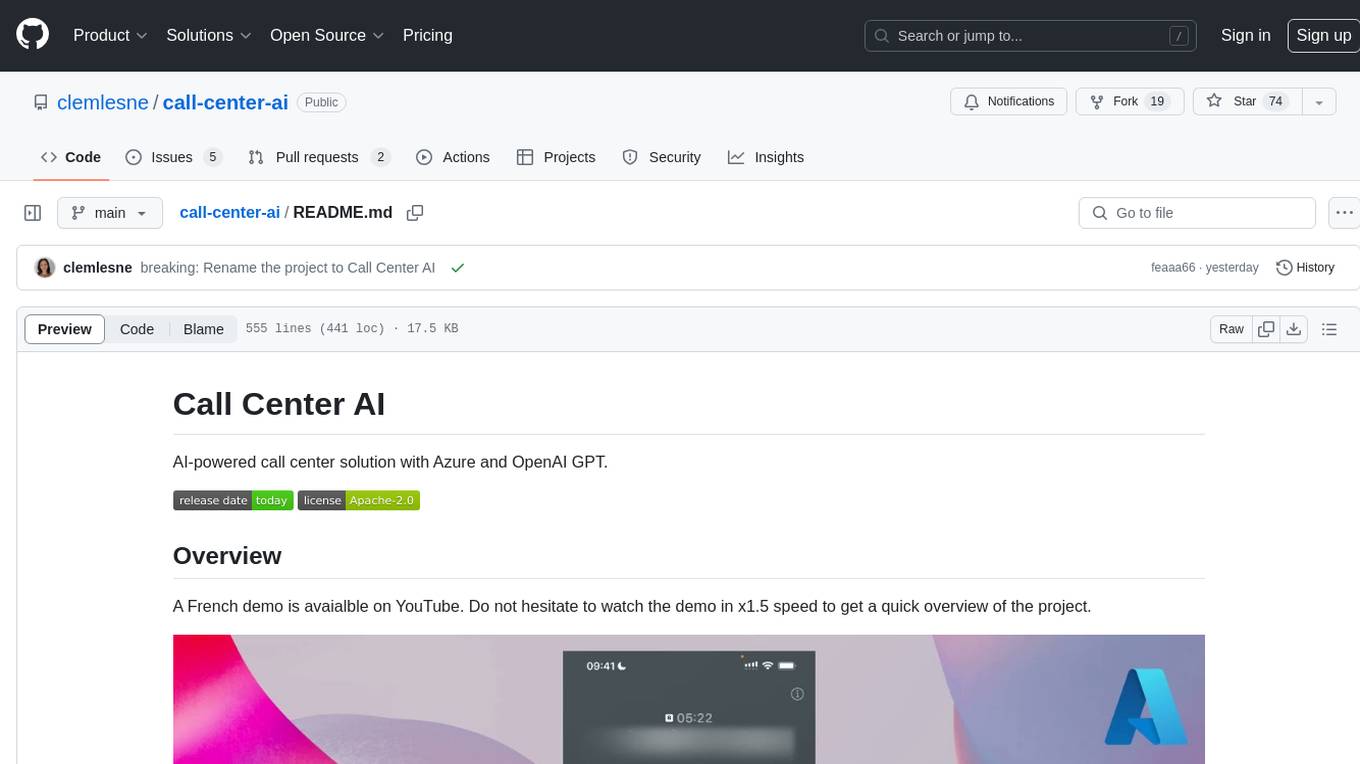
call-center-ai
Call Center AI is an AI-powered call center solution that leverages Azure and OpenAI GPT. It is a proof of concept demonstrating the integration of Azure Communication Services, Azure Cognitive Services, and Azure OpenAI to build an automated call center solution. The project showcases features like accessing claims on a public website, customer conversation history, language change during conversation, bot interaction via phone number, multiple voice tones, lexicon understanding, todo list creation, customizable prompts, content filtering, GPT-4 Turbo for customer requests, specific data schema for claims, documentation database access, SMS report sending, conversation resumption, and more. The system architecture includes components like RAG AI Search, SMS gateway, call gateway, moderation, Cosmos DB, event broker, GPT-4 Turbo, Redis cache, translation service, and more. The tool can be deployed remotely using GitHub Actions and locally with prerequisites like Azure environment setup, configuration file creation, and resource hosting. Advanced usage includes custom training data with AI Search, prompt customization, language customization, moderation level customization, claim data schema customization, OpenAI compatible model usage for the LLM, and Twilio integration for SMS.
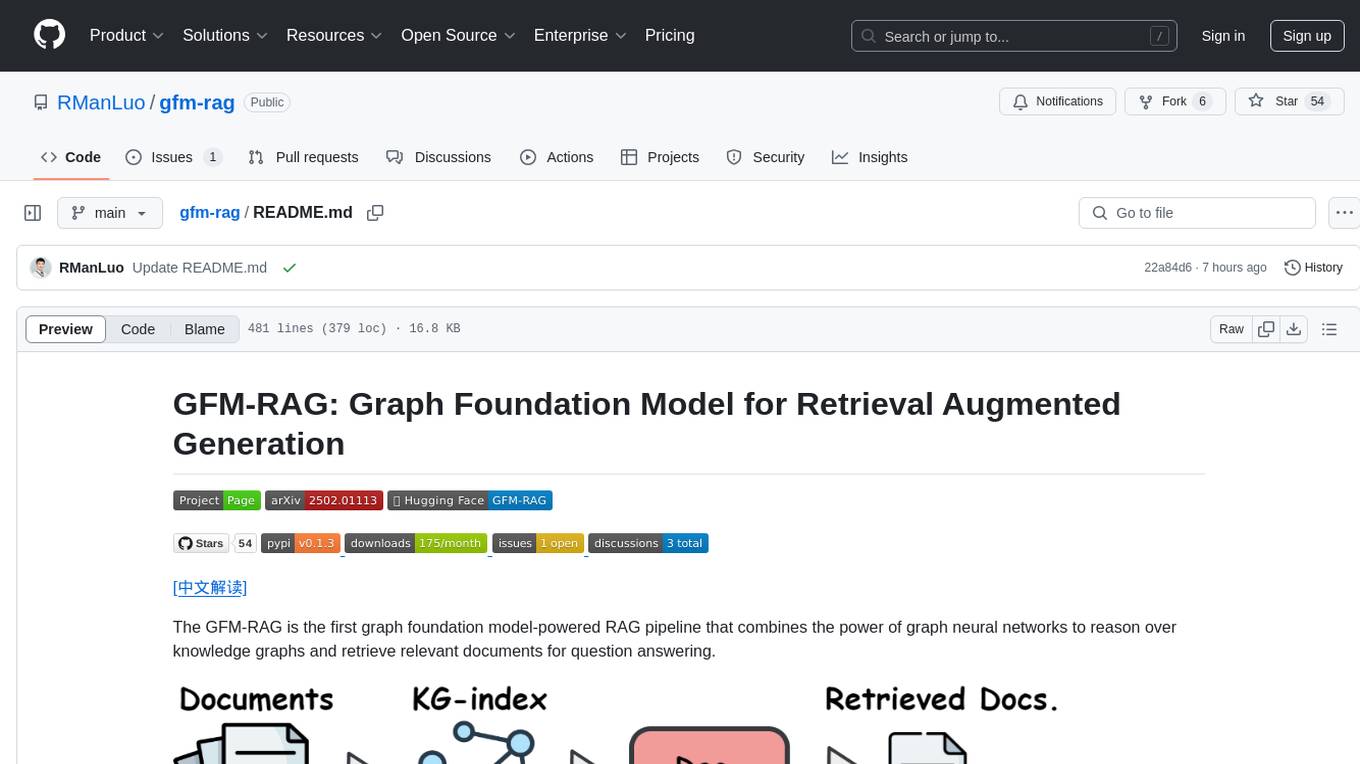
gfm-rag
The GFM-RAG is a graph foundation model-powered pipeline that combines graph neural networks to reason over knowledge graphs and retrieve relevant documents for question answering. It features a knowledge graph index, efficiency in multi-hop reasoning, generalizability to unseen datasets, transferability for fine-tuning, compatibility with agent-based frameworks, and interpretability of reasoning paths. The tool can be used for conducting retrieval and question answering tasks using pre-trained models or fine-tuning on custom datasets.
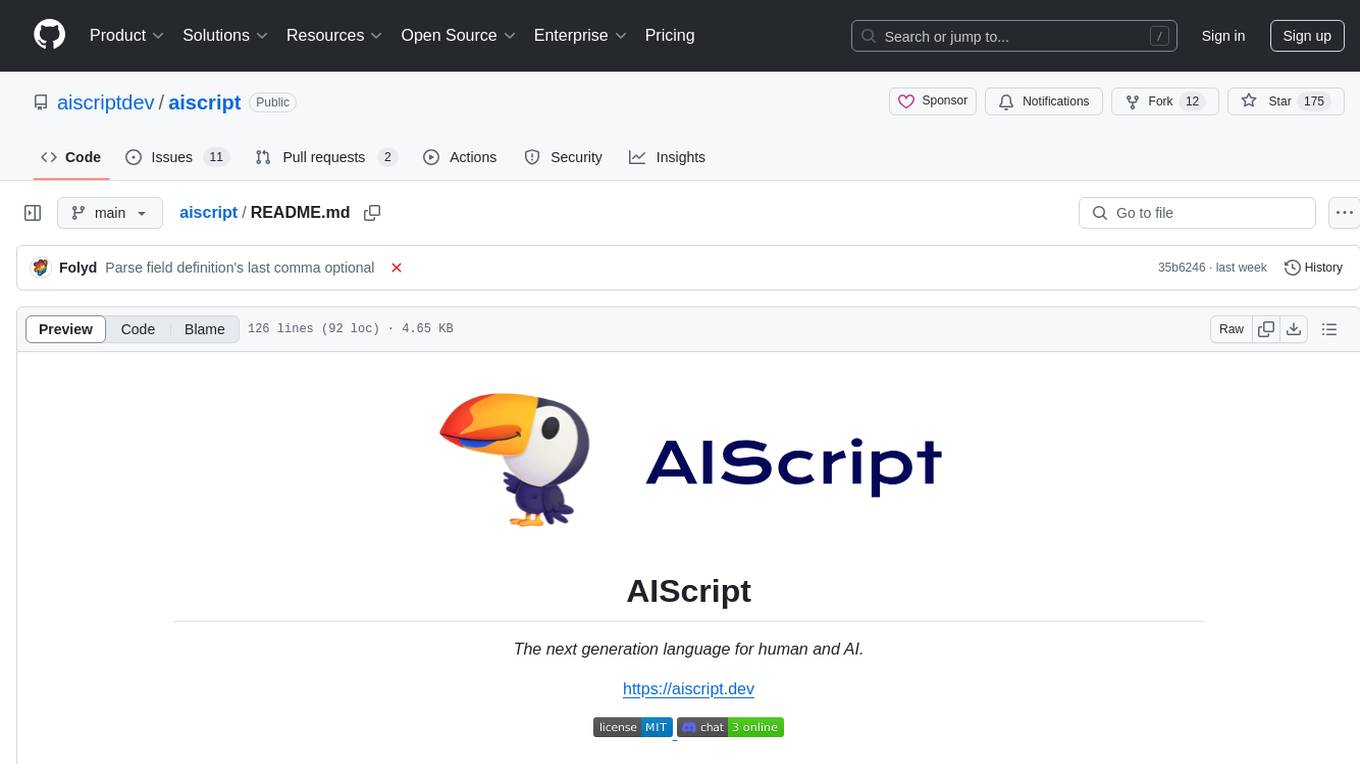
aiscript
AIScript is a unique programming language and web framework written in Rust, designed to help developers effortlessly build AI applications. It combines the strengths of Python, JavaScript, and Rust to create an intuitive, powerful, and easy-to-use tool. The language features first-class functions, built-in AI primitives, dynamic typing with static type checking, data validation, error handling inspired by Rust, a rich standard library, and automatic garbage collection. The web framework offers an elegant route DSL, automatic parameter validation, OpenAPI schema generation, database modules, authentication capabilities, and more. AIScript excels in AI-powered APIs, prototyping, microservices, data validation, and building internal tools.
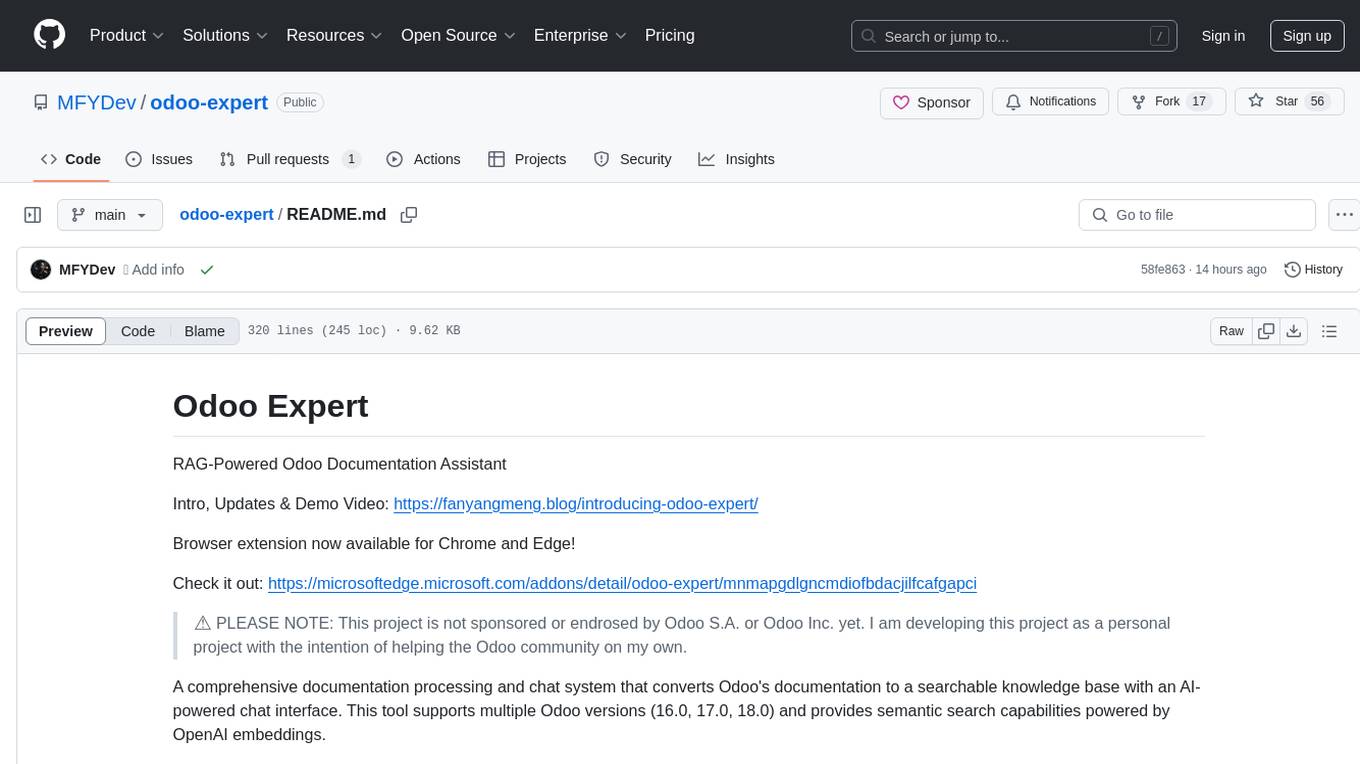
odoo-expert
RAG-Powered Odoo Documentation Assistant is a comprehensive documentation processing and chat system that converts Odoo's documentation to a searchable knowledge base with an AI-powered chat interface. It supports multiple Odoo versions (16.0, 17.0, 18.0) and provides semantic search capabilities powered by OpenAI embeddings. The tool automates the conversion of RST to Markdown, offers real-time semantic search, context-aware AI-powered chat responses, and multi-version support. It includes a Streamlit-based web UI, REST API for programmatic access, and a CLI for document processing and chat. The system operates through a pipeline of data processing steps and an interface layer for UI and API access to the knowledge base.
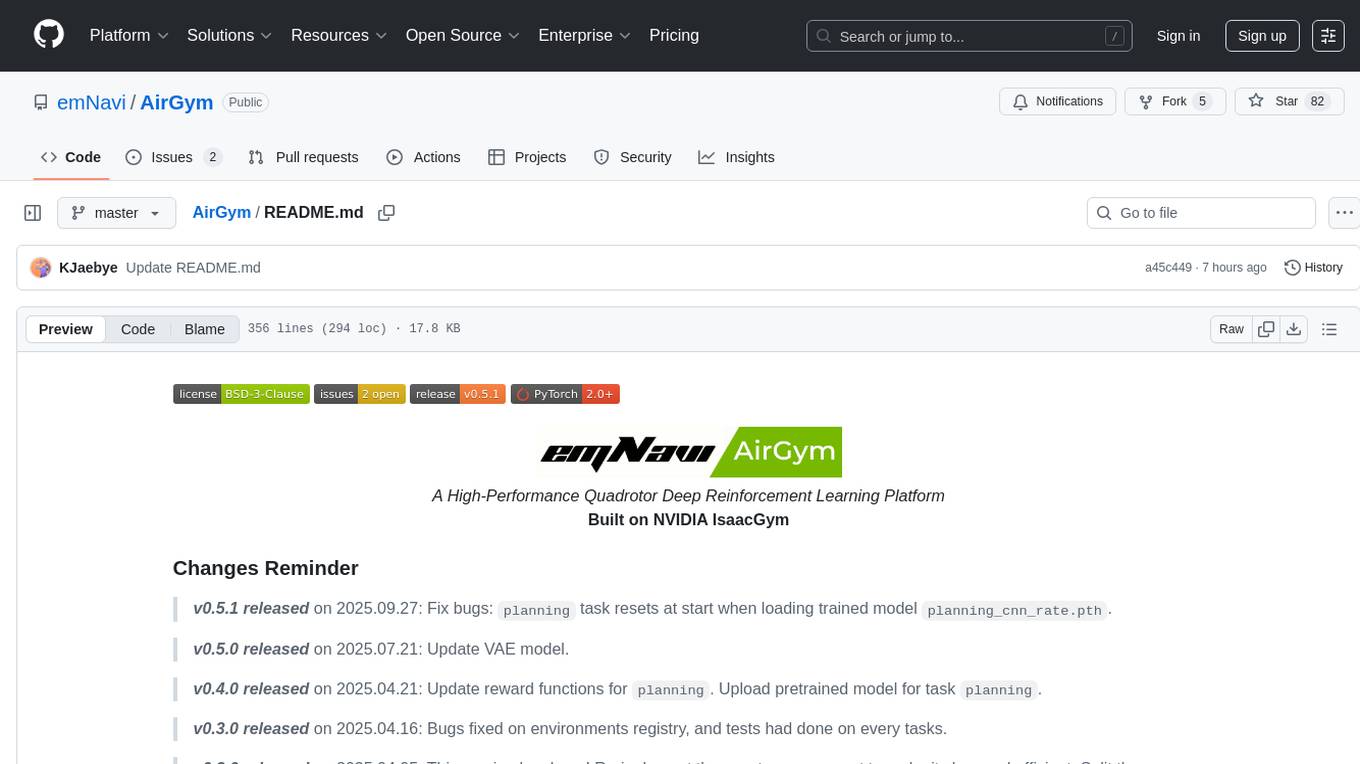
AirGym
AirGym is an open source Python quadrotor simulator based on IsaacGym, providing a high-fidelity dynamics and Deep Reinforcement Learning (DRL) framework for quadrotor robot learning research. It offers a lightweight and customizable platform with strict alignment with PX4 logic, multiple control modes, and Sim-to-Real toolkits. Users can perform tasks such as Hovering, Balloon, Tracking, Avoid, and Planning, with the ability to create customized environments and tasks. The tool also supports training from scratch, visual encoding approaches, playing and testing of trained models, and customization of new tasks and assets.
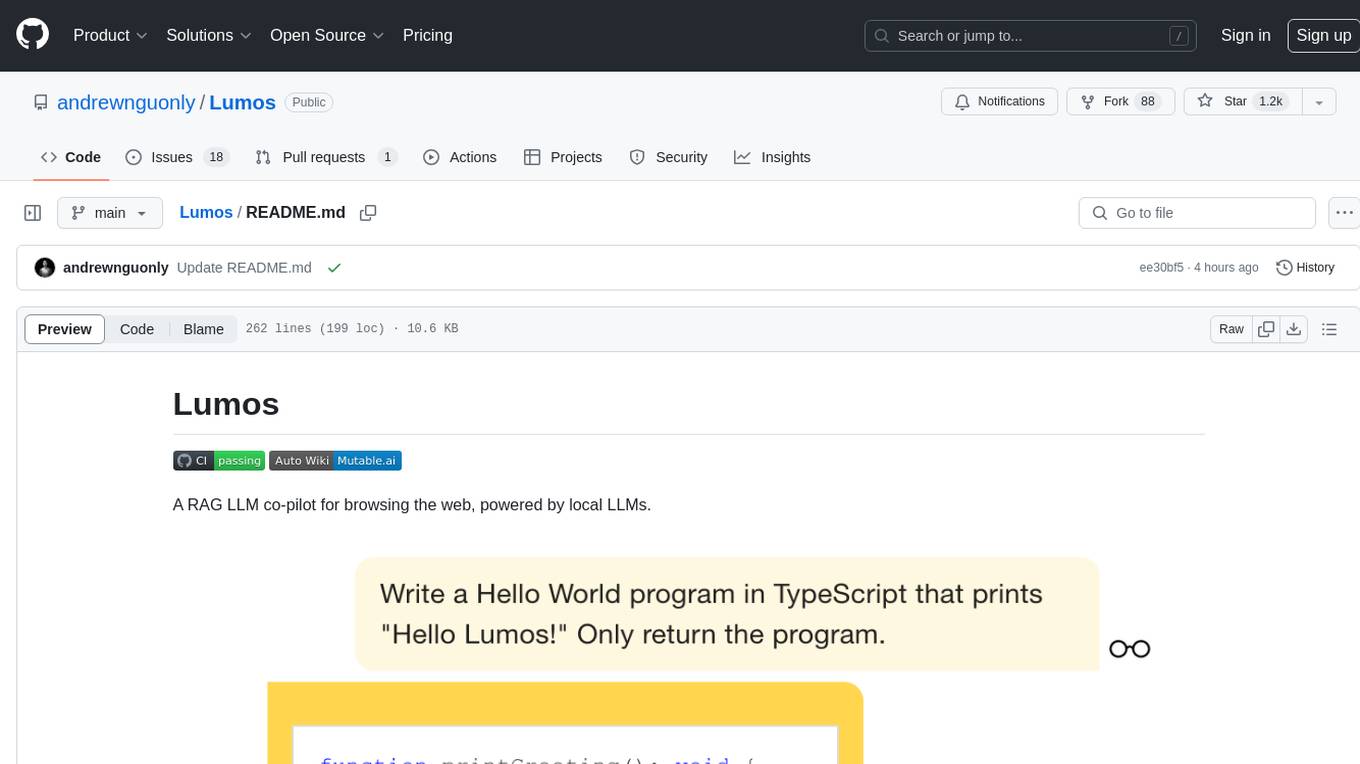
Lumos
Lumos is a Chrome extension powered by a local LLM co-pilot for browsing the web. It allows users to summarize long threads, news articles, and technical documentation. Users can ask questions about reviews and product pages. The tool requires a local Ollama server for LLM inference and embedding database. Lumos supports multimodal models and file attachments for processing text and image content. It also provides options to customize models, hosts, and content parsers. The extension can be easily accessed through keyboard shortcuts and offers tools for automatic invocation based on prompts.
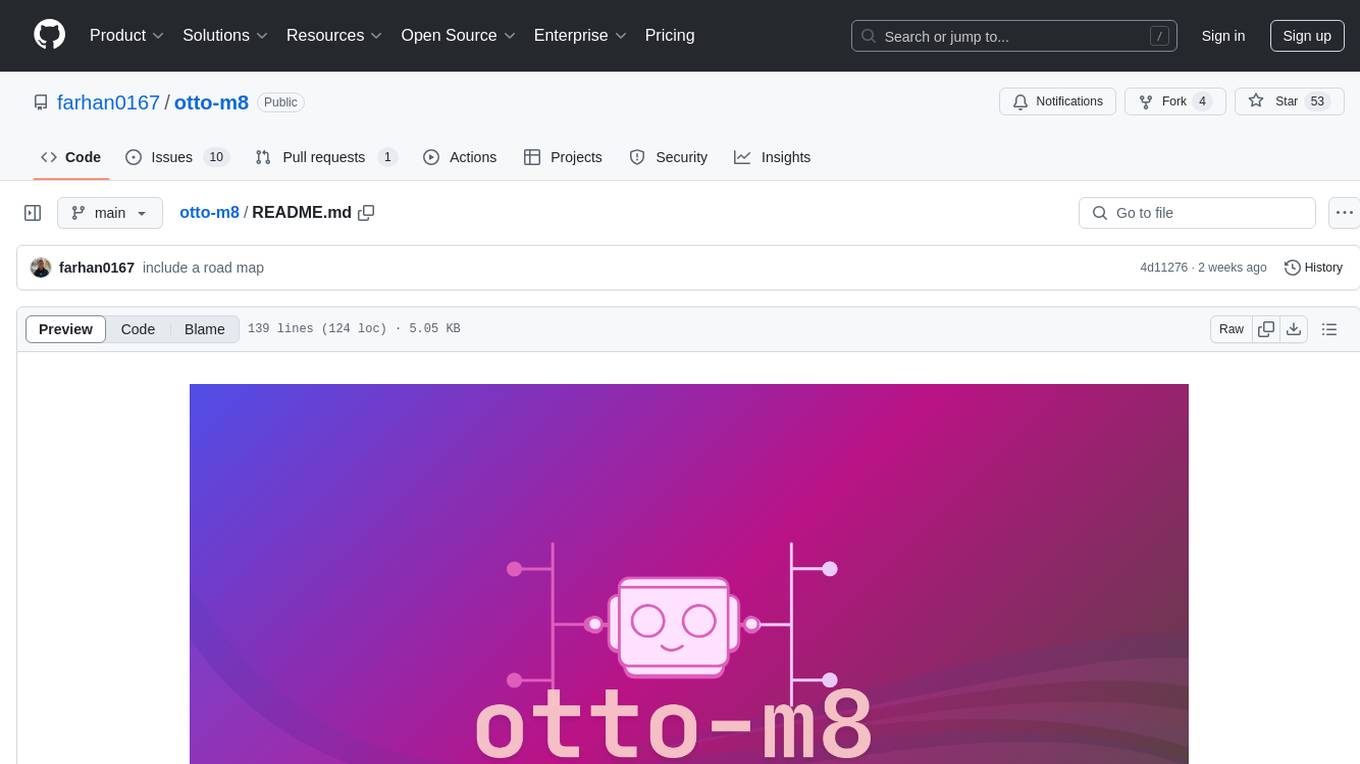
otto-m8
otto-m8 is a flowchart based automation platform designed to run deep learning workloads with minimal to no code. It provides a user-friendly interface to spin up a wide range of AI models, including traditional deep learning models and large language models. The tool deploys Docker containers of workflows as APIs for integration with existing workflows, building AI chatbots, or standalone applications. Otto-m8 operates on an Input, Process, Output paradigm, simplifying the process of running AI models into a flowchart-like UI.
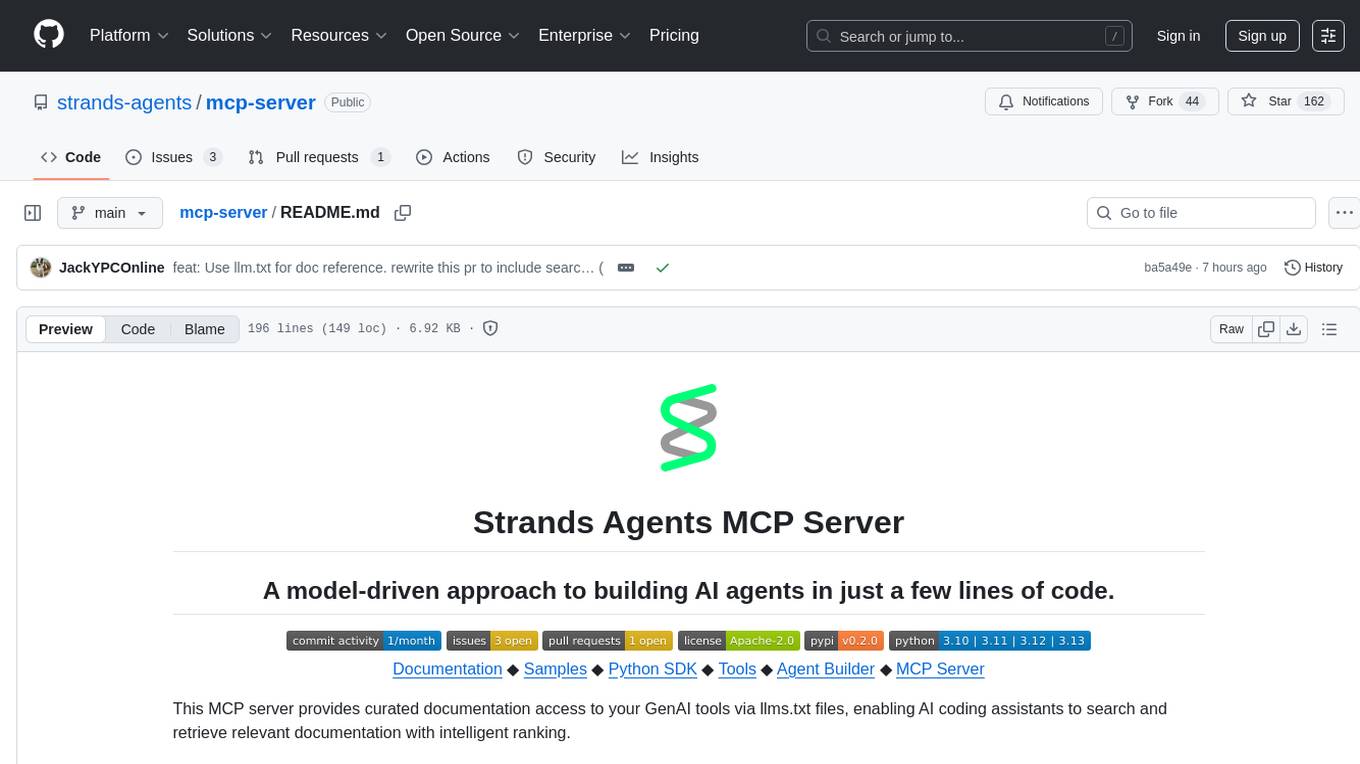
mcp-server
The Strands Agents MCP Server is a model-driven approach to building AI agents in just a few lines of code. It provides curated documentation access to GenAI tools via llms.txt files, enabling AI coding assistants to search and retrieve relevant documentation with intelligent ranking. Features include smart document search, curated content indexing, on-demand fetching, snippet generation, and real URL support. The server can be used with various applications that support MCP servers, such as Amazon Q Developer CLI, Anthropic Claude Code, Cline, and Cursor. Users can quickly test the MCP server using the MCP Inspector and follow the provided steps to configure their MCP client and start using the documentation tools. The project welcomes contributions and is licensed under the Apache License 2.0.

promptwright
Promptwright is a Python library designed for generating large synthetic datasets using a local LLM and various LLM service providers. It offers flexible interfaces for generating prompt-led synthetic datasets. The library supports multiple providers, configurable instructions and prompts, YAML configuration for tasks, command line interface for running tasks, push to Hugging Face Hub for dataset upload, and system message control. Users can define generation tasks using YAML configuration or Python code. Promptwright integrates with LiteLLM to interface with LLM providers and supports automatic dataset upload to Hugging Face Hub.
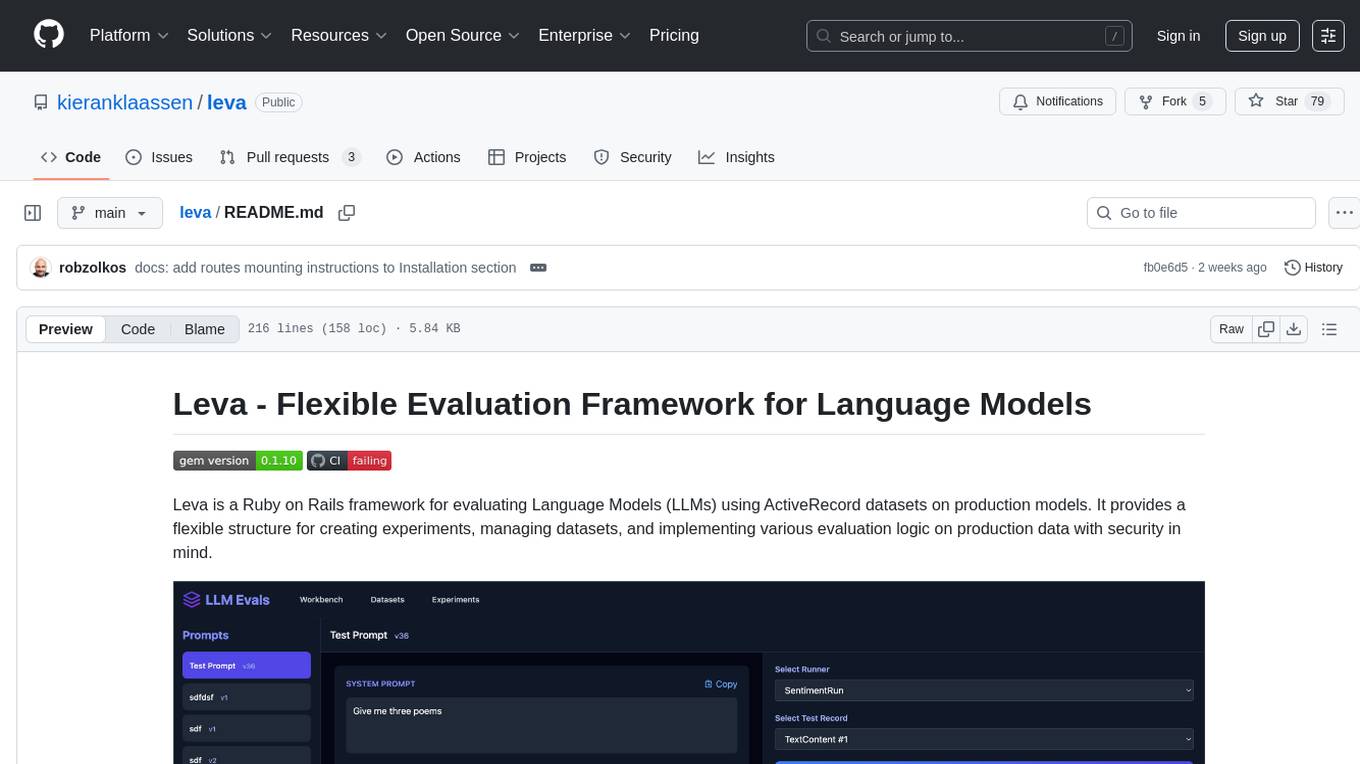
leva
Leva is a Ruby on Rails framework designed for evaluating Language Models (LLMs) using ActiveRecord datasets on production models. It offers a flexible structure for creating experiments, managing datasets, and implementing various evaluation logic on production data with security in mind. Users can set up datasets, implement runs and evals, run experiments with different configurations, use prompts, and analyze results. Leva's components include classes like Leva, Leva::BaseRun, and Leva::BaseEval, as well as models like Leva::Dataset, Leva::DatasetRecord, Leva::Experiment, Leva::RunnerResult, Leva::EvaluationResult, and Leva::Prompt. The tool aims to provide a comprehensive solution for evaluating language models efficiently and securely.
For similar tasks
NaLLM
The NaLLM project repository explores the synergies between Neo4j and Large Language Models (LLMs) through three primary use cases: Natural Language Interface to a Knowledge Graph, Creating a Knowledge Graph from Unstructured Data, and Generating a Report using static and LLM data. The repository contains backend and frontend code organized for easy navigation. It includes blog posts, a demo database, instructions for running demos, and guidelines for contributing. The project aims to showcase the potential of Neo4j and LLMs in various applications.
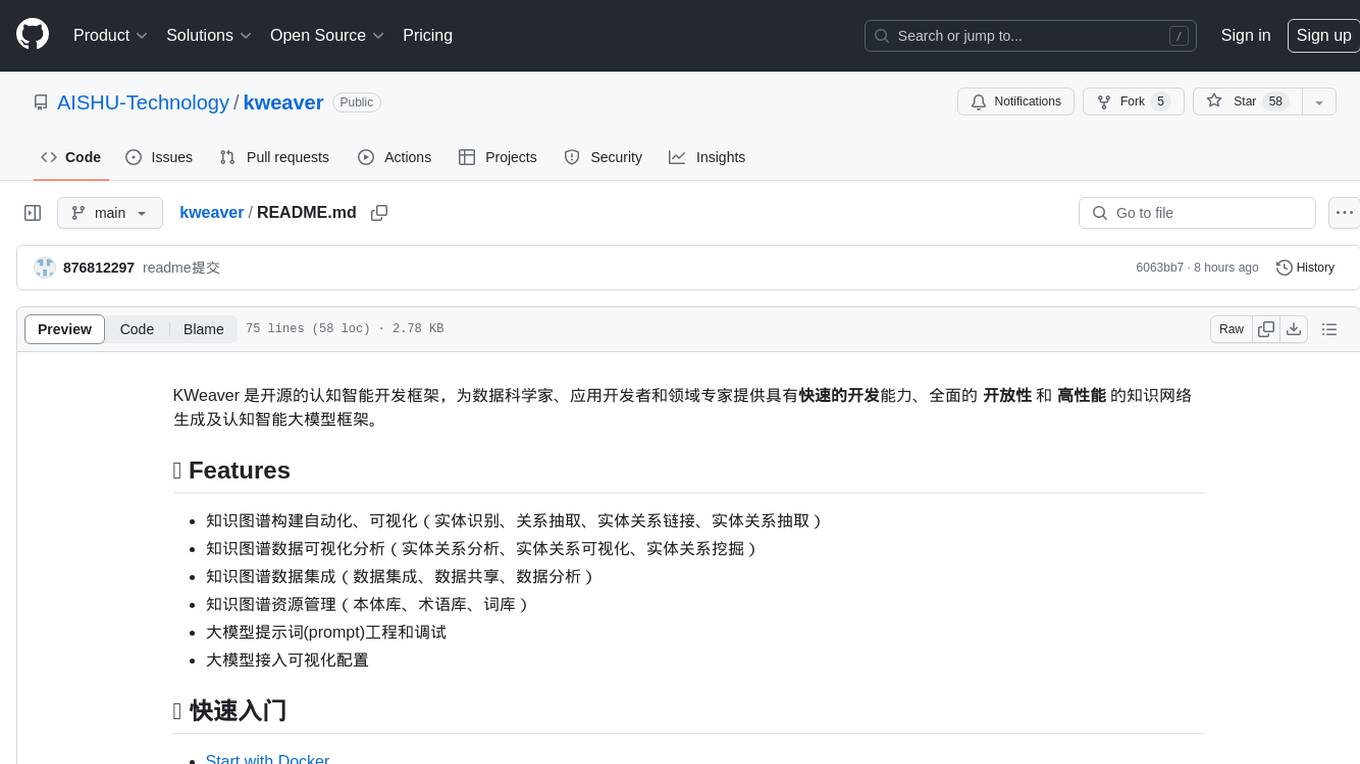
kweaver
KWeaver is an open-source cognitive intelligence development framework that provides data scientists, application developers, and domain experts with the ability for rapid development, comprehensive openness, and high-performance knowledge network generation and cognitive intelligence large model framework. It offers features such as automated and visual knowledge graph construction, visualization and analysis of knowledge graph data, knowledge graph integration, knowledge graph resource management, large model prompt engineering and debugging, and visual configuration for large model access.
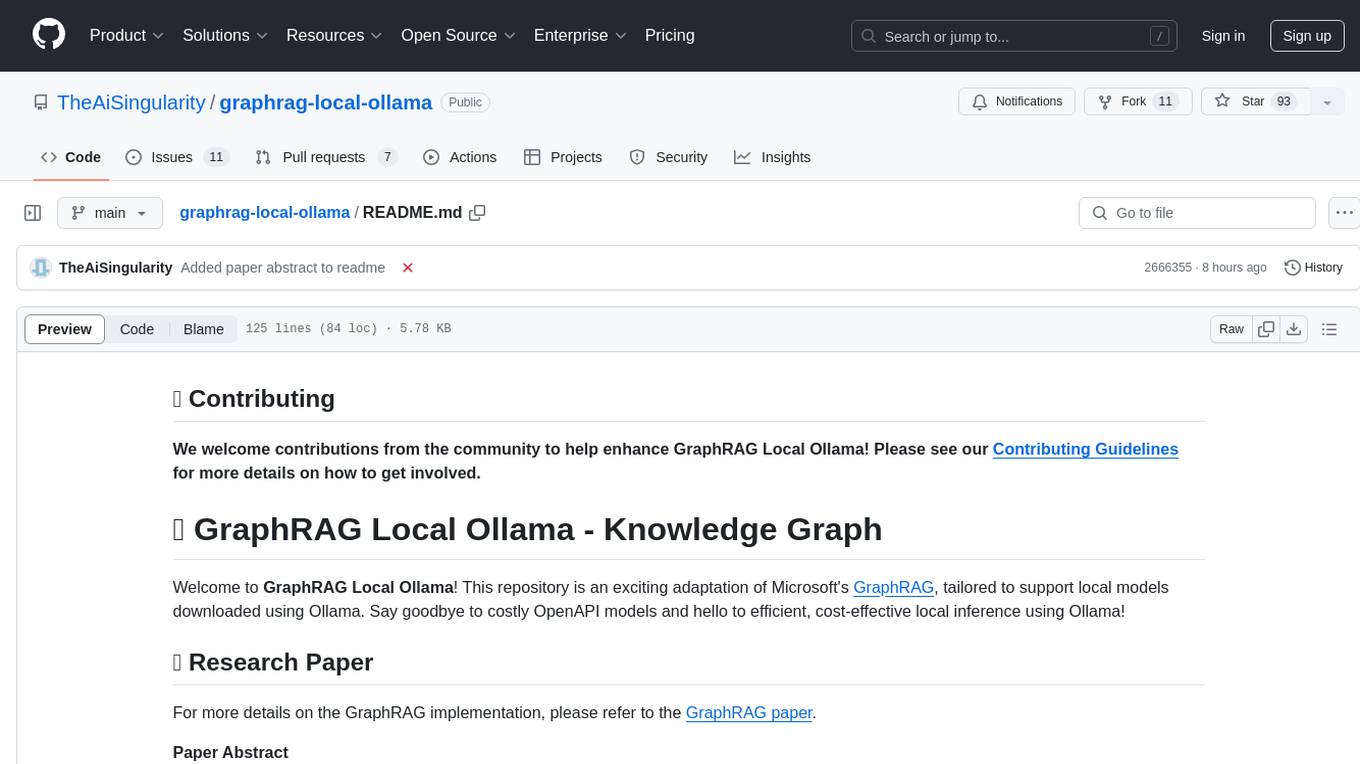
graphrag-local-ollama
GraphRAG Local Ollama is a repository that offers an adaptation of Microsoft's GraphRAG, customized to support local models downloaded using Ollama. It enables users to leverage local models with Ollama for large language models (LLMs) and embeddings, eliminating the need for costly OpenAPI models. The repository provides a simple setup process and allows users to perform question answering over private text corpora by building a graph-based text index and generating community summaries for closely-related entities. GraphRAG Local Ollama aims to improve the comprehensiveness and diversity of generated answers for global sensemaking questions over datasets.
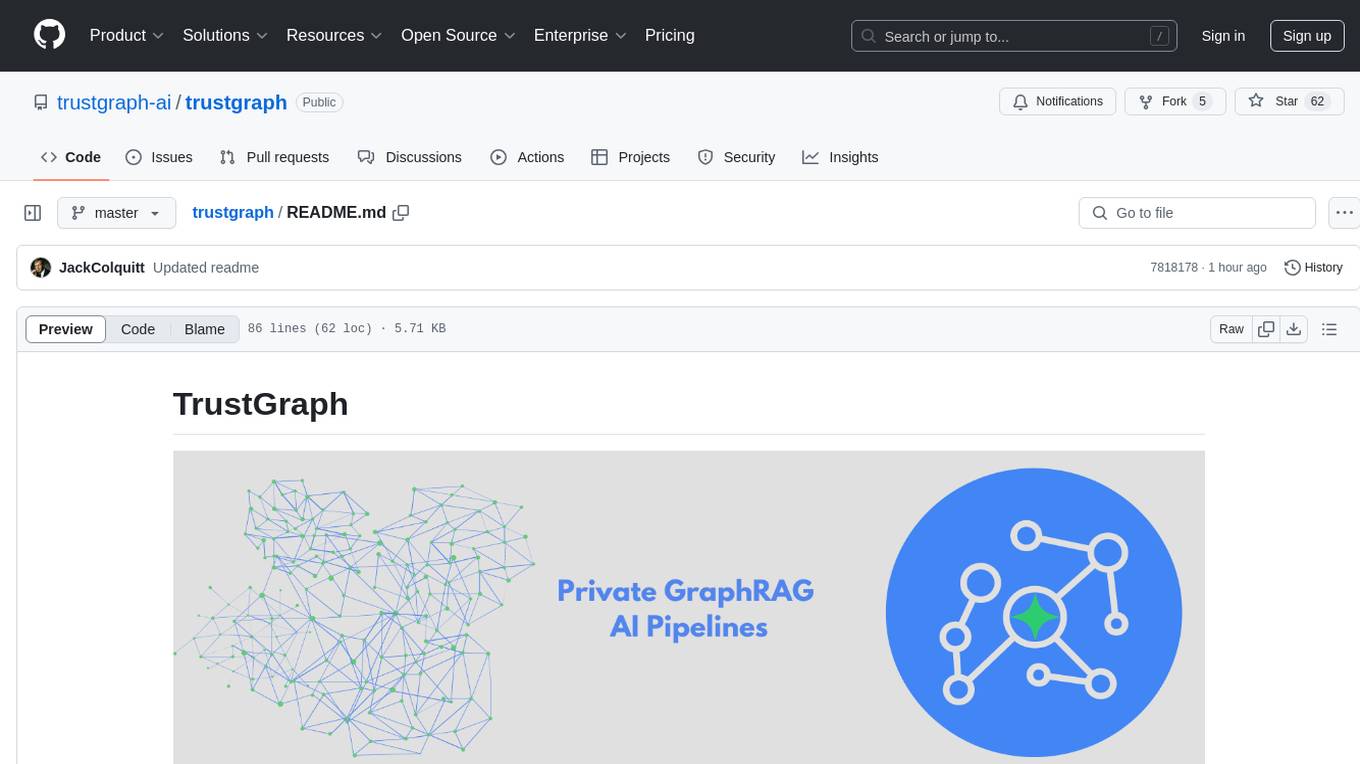
trustgraph
TrustGraph is a tool that deploys private GraphRAG pipelines to build a RDF style knowledge graph from data, enabling accurate and secure `RAG` requests compatible with cloud LLMs and open-source SLMs. It showcases the reliability and efficiencies of GraphRAG algorithms, capturing contextual language flags missed in conventional RAG approaches. The tool offers features like PDF decoding, text chunking, inference of various LMs, RDF-aligned Knowledge Graph extraction, and more. TrustGraph is designed to be modular, supporting multiple Language Models and environments, with a plug'n'play architecture for easy customization.

basic-memory
Basic Memory is a tool that enables users to build persistent knowledge through natural conversations with Large Language Models (LLMs) like Claude. It uses the Model Context Protocol (MCP) to allow compatible LLMs to read and write to a local knowledge base stored in simple Markdown files on the user's computer. The tool facilitates creating structured notes during conversations, maintaining a semantic knowledge graph, and keeping all data local and under user control. Basic Memory aims to address the limitations of ephemeral LLM interactions by providing a structured, bi-directional, and locally stored knowledge management solution.
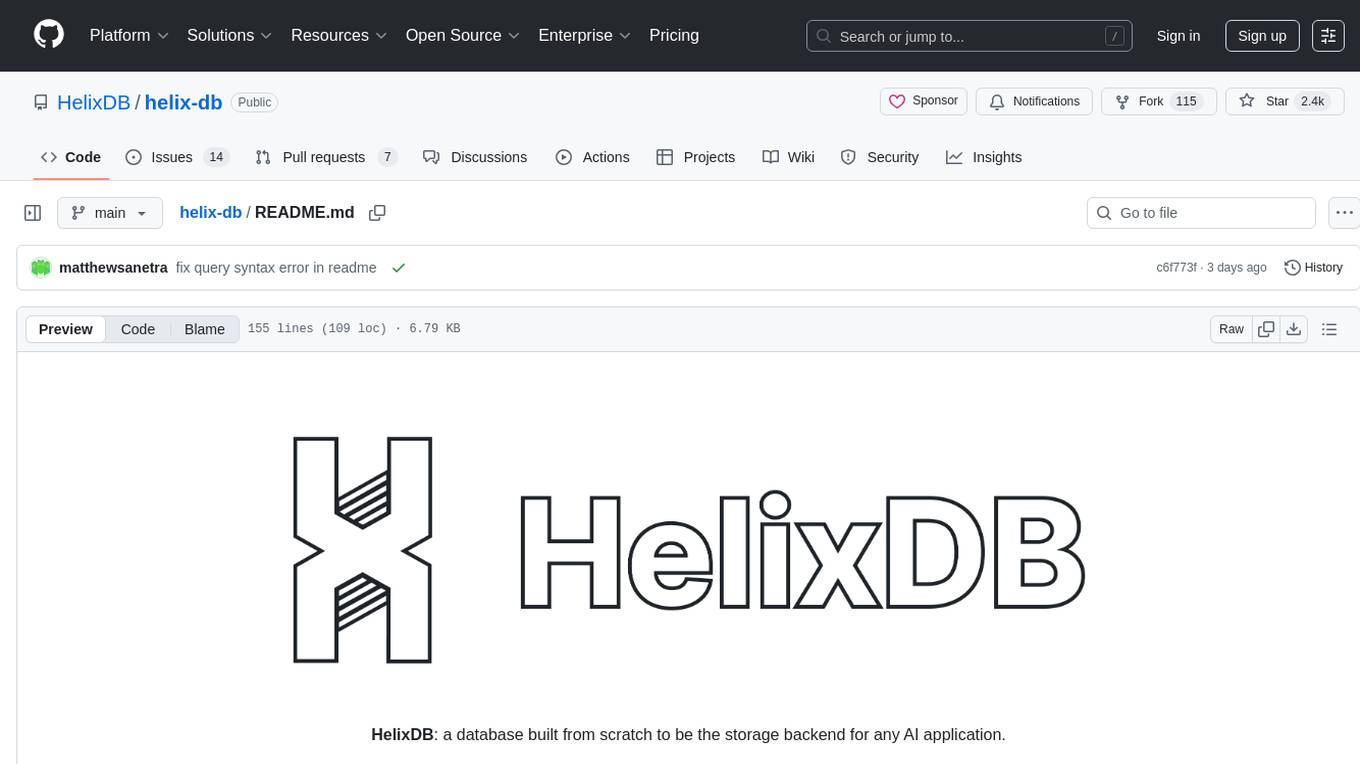
helix-db
HelixDB is a database designed specifically for AI applications, providing a single platform to manage all components needed for AI applications. It supports graph + vector data model and also KV, documents, and relational data. Key features include built-in tools for MCP, embeddings, knowledge graphs, RAG, security, logical isolation, and ultra-low latency. Users can interact with HelixDB using the Helix CLI tool and SDKs in TypeScript and Python. The roadmap includes features like organizational auth, server code improvements, 3rd party integrations, educational content, and binary quantisation for better performance. Long term projects involve developing in-house tools for knowledge graph ingestion, graph-vector storage engine, and network protocol & serdes libraries.
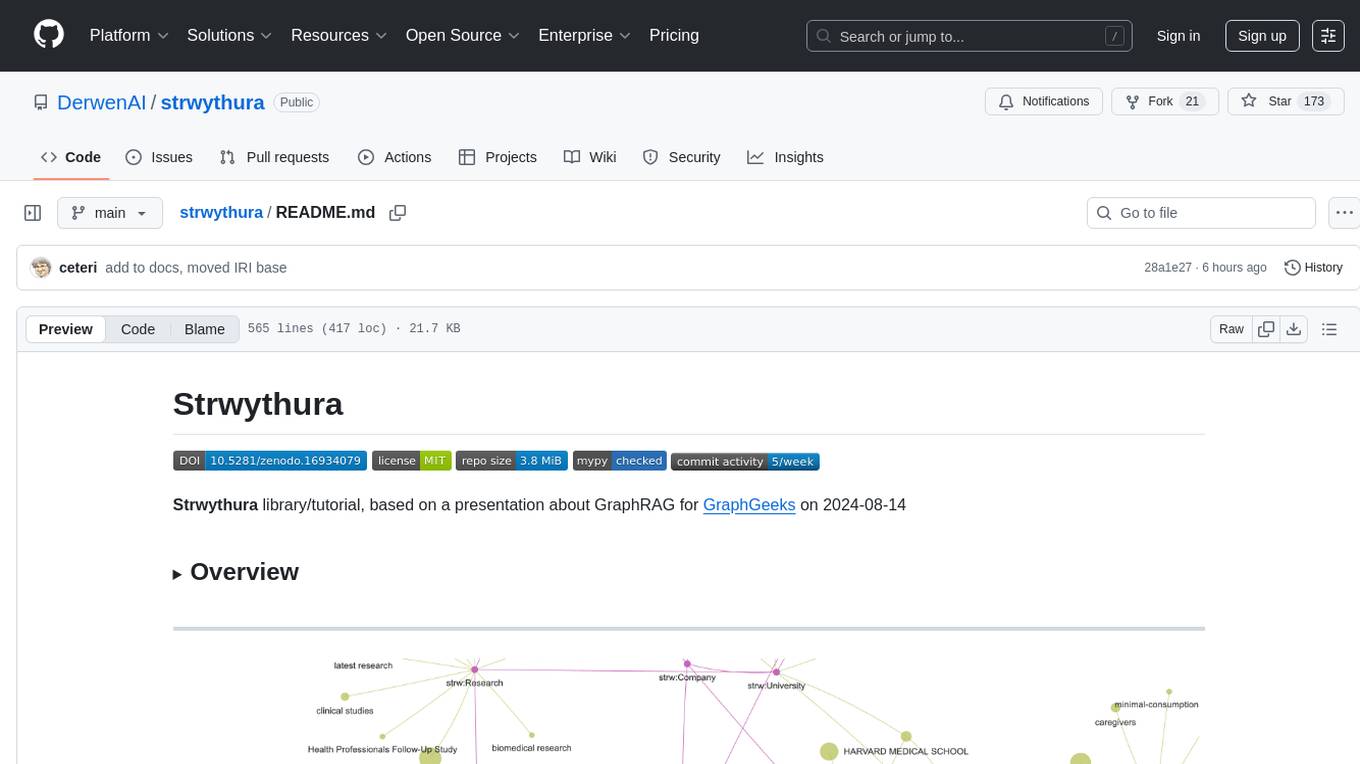
strwythura
Strwythura is a library and tutorial focused on constructing a knowledge graph from unstructured data sources using state-of-the-art models for named entity recognition. It implements an enhanced GraphRAG approach and curates semantics for optimizing AI application outcomes within a specific domain. The tutorial emphasizes the use of sophisticated NLP pipelines based on spaCy, GLiNER, TextRank, and related libraries to provide better/faster/cheaper results with more control over the intentional arrangement of the knowledge graph. It leverages neurosymbolic AI methods and combines practices from natural language processing, graph data science, entity resolution, ontology pipeline, context engineering, and human-in-the-loop processes.
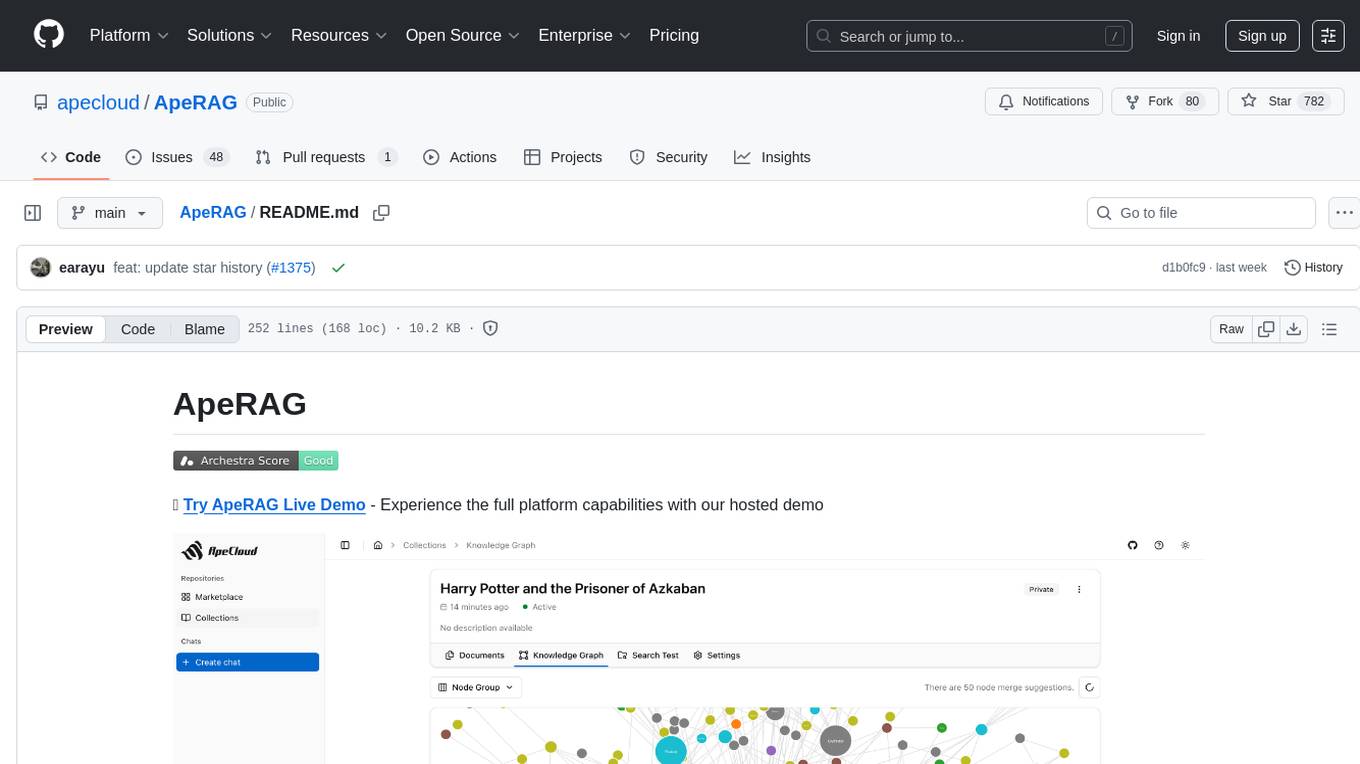
ApeRAG
ApeRAG is a production-ready platform for Retrieval-Augmented Generation (RAG) that combines Graph RAG, vector search, and full-text search with advanced AI agents. It is ideal for building Knowledge Graphs, Context Engineering, and deploying intelligent AI agents for autonomous search and reasoning across knowledge bases. The platform offers features like advanced index types, intelligent AI agents with MCP support, enhanced Graph RAG with entity normalization, multimodal processing, hybrid retrieval engine, MinerU integration for document parsing, production-grade deployment with Kubernetes, enterprise management features, MCP integration, and developer-friendly tools for customization and contribution.
For similar jobs

LLMStack
LLMStack is a no-code platform for building generative AI agents, workflows, and chatbots. It allows users to connect their own data, internal tools, and GPT-powered models without any coding experience. LLMStack can be deployed to the cloud or on-premise and can be accessed via HTTP API or triggered from Slack or Discord.
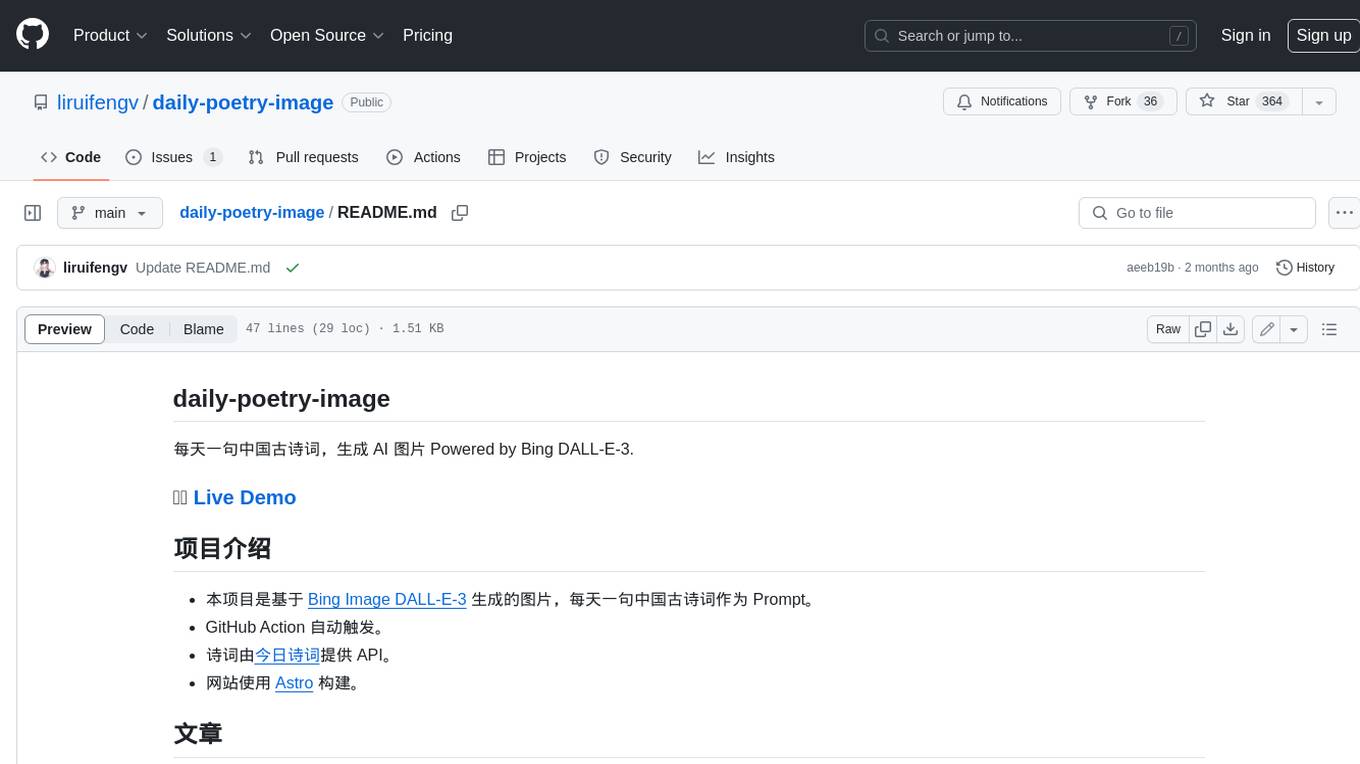
daily-poetry-image
Daily Chinese ancient poetry and AI-generated images powered by Bing DALL-E-3. GitHub Action triggers the process automatically. Poetry is provided by Today's Poem API. The website is built with Astro.
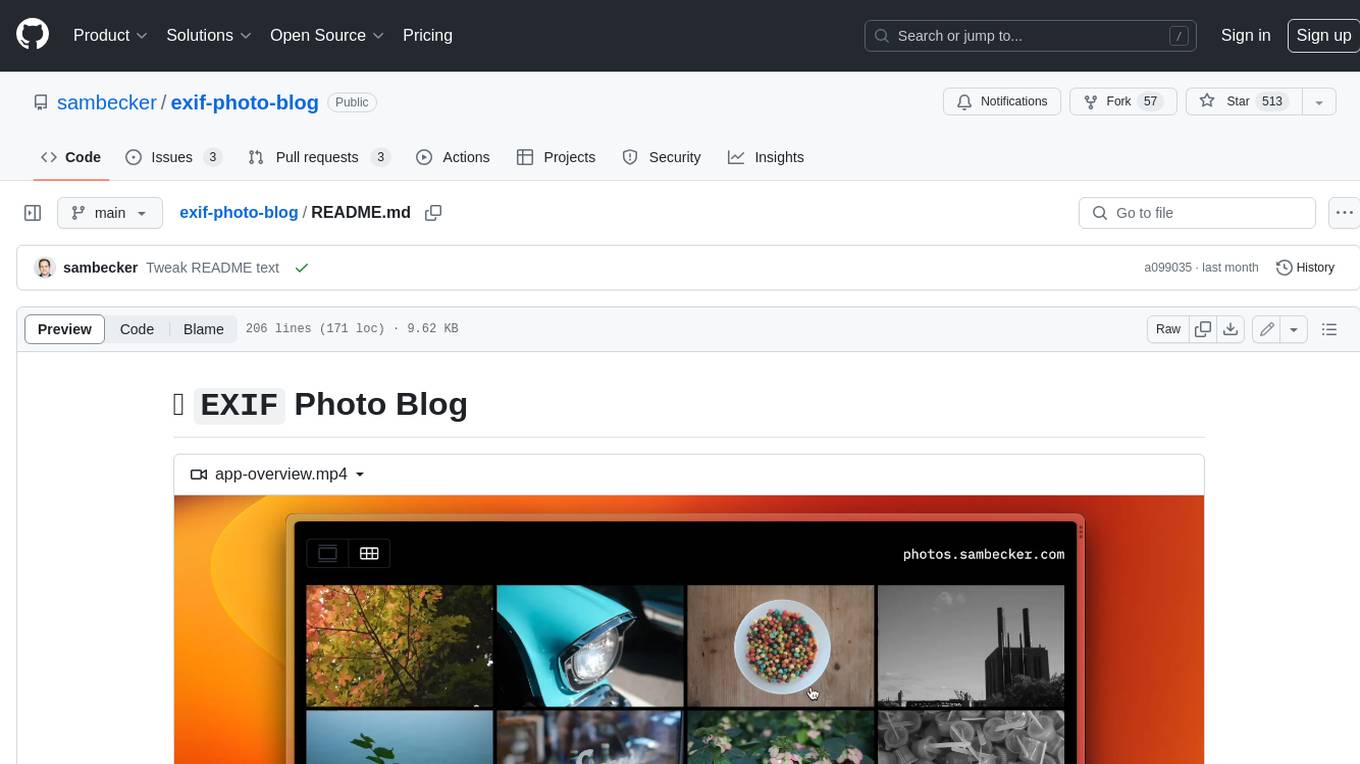
exif-photo-blog
EXIF Photo Blog is a full-stack photo blog application built with Next.js, Vercel, and Postgres. It features built-in authentication, photo upload with EXIF extraction, photo organization by tag, infinite scroll, light/dark mode, automatic OG image generation, a CMD-K menu with photo search, experimental support for AI-generated descriptions, and support for Fujifilm simulations. The application is easy to deploy to Vercel with just a few clicks and can be customized with a variety of environment variables.
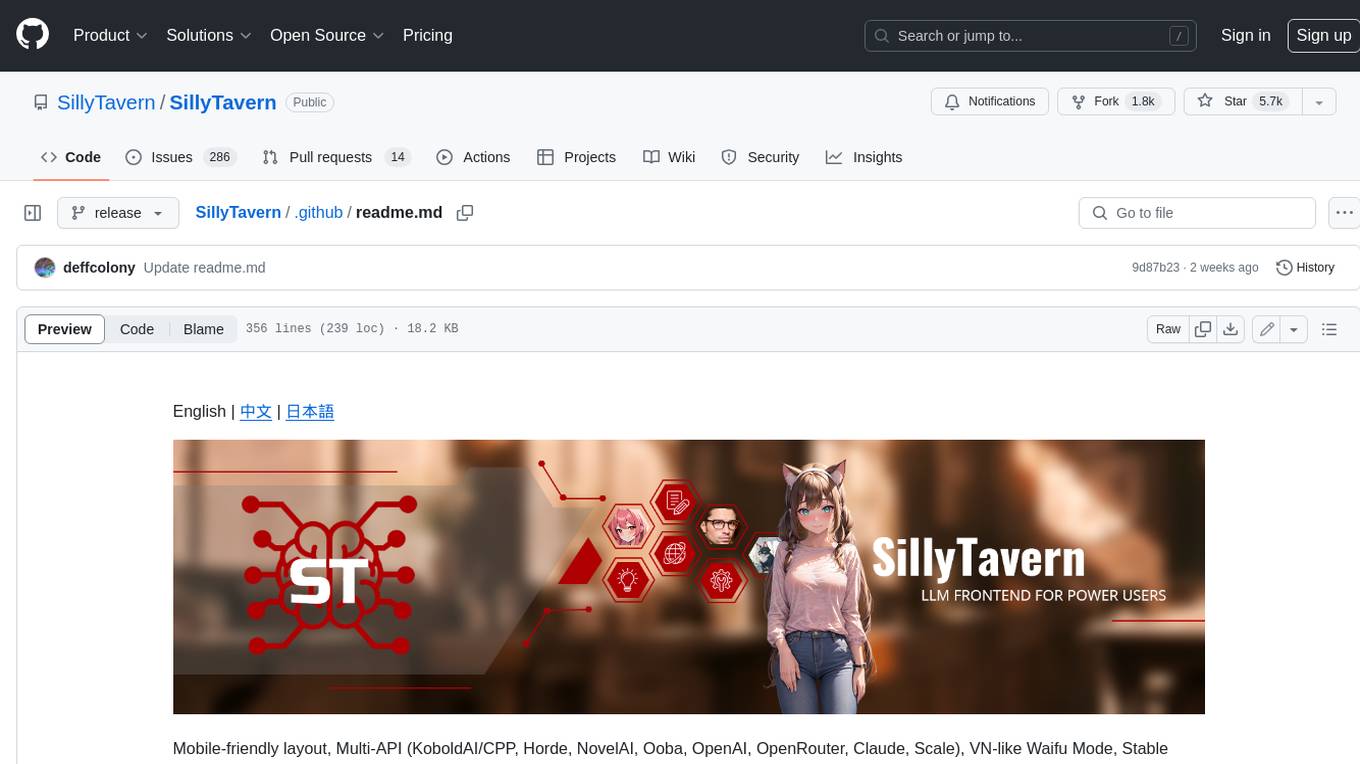
SillyTavern
SillyTavern is a user interface you can install on your computer (and Android phones) that allows you to interact with text generation AIs and chat/roleplay with characters you or the community create. SillyTavern is a fork of TavernAI 1.2.8 which is under more active development and has added many major features. At this point, they can be thought of as completely independent programs.
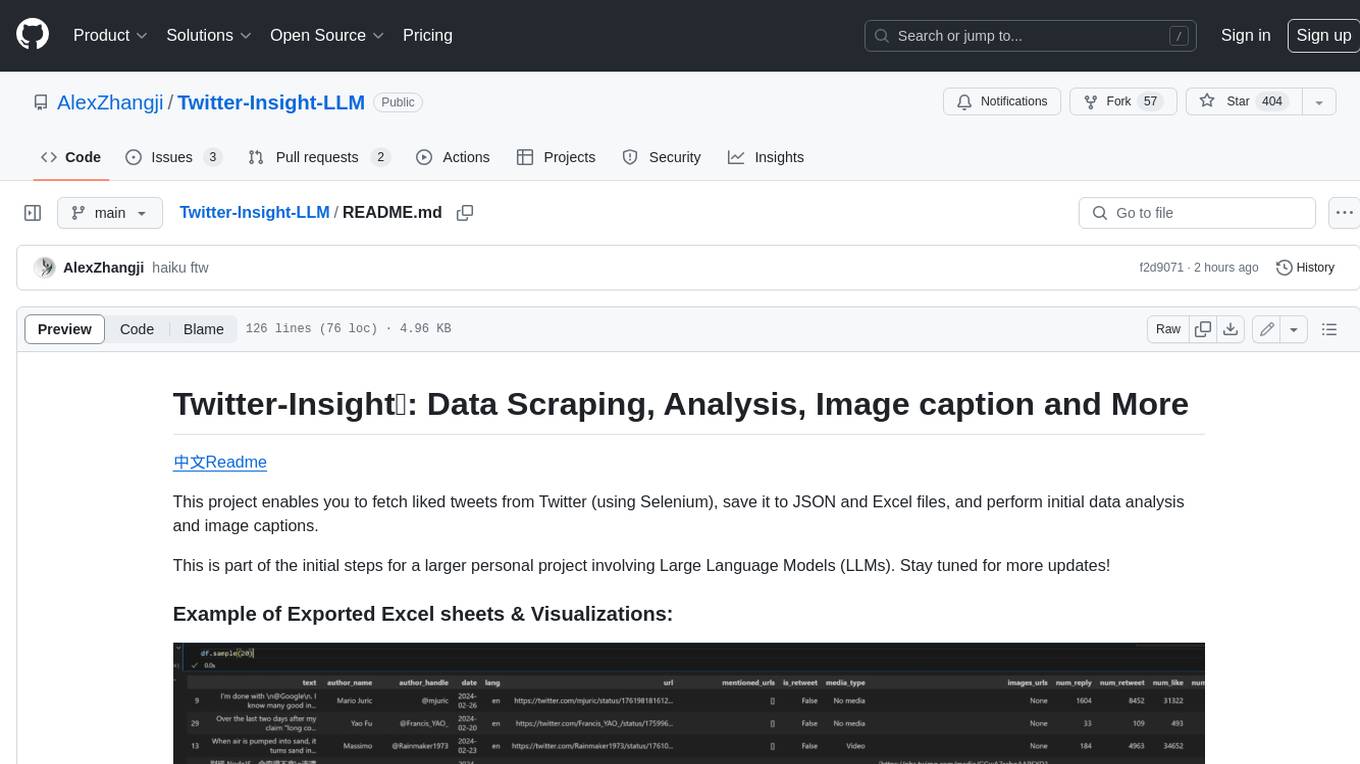
Twitter-Insight-LLM
This project enables you to fetch liked tweets from Twitter (using Selenium), save it to JSON and Excel files, and perform initial data analysis and image captions. This is part of the initial steps for a larger personal project involving Large Language Models (LLMs).

AISuperDomain
Aila Desktop Application is a powerful tool that integrates multiple leading AI models into a single desktop application. It allows users to interact with various AI models simultaneously, providing diverse responses and insights to their inquiries. With its user-friendly interface and customizable features, Aila empowers users to engage with AI seamlessly and efficiently. Whether you're a researcher, student, or professional, Aila can enhance your AI interactions and streamline your workflow.

ChatGPT-On-CS
This project is an intelligent dialogue customer service tool based on a large model, which supports access to platforms such as WeChat, Qianniu, Bilibili, Douyin Enterprise, Douyin, Doudian, Weibo chat, Xiaohongshu professional account operation, Xiaohongshu, Zhihu, etc. You can choose GPT3.5/GPT4.0/ Lazy Treasure Box (more platforms will be supported in the future), which can process text, voice and pictures, and access external resources such as operating systems and the Internet through plug-ins, and support enterprise AI applications customized based on their own knowledge base.

obs-localvocal
LocalVocal is a live-streaming AI assistant plugin for OBS that allows you to transcribe audio speech into text and perform various language processing functions on the text using AI / LLMs (Large Language Models). It's privacy-first, with all data staying on your machine, and requires no GPU, cloud costs, network, or downtime.


